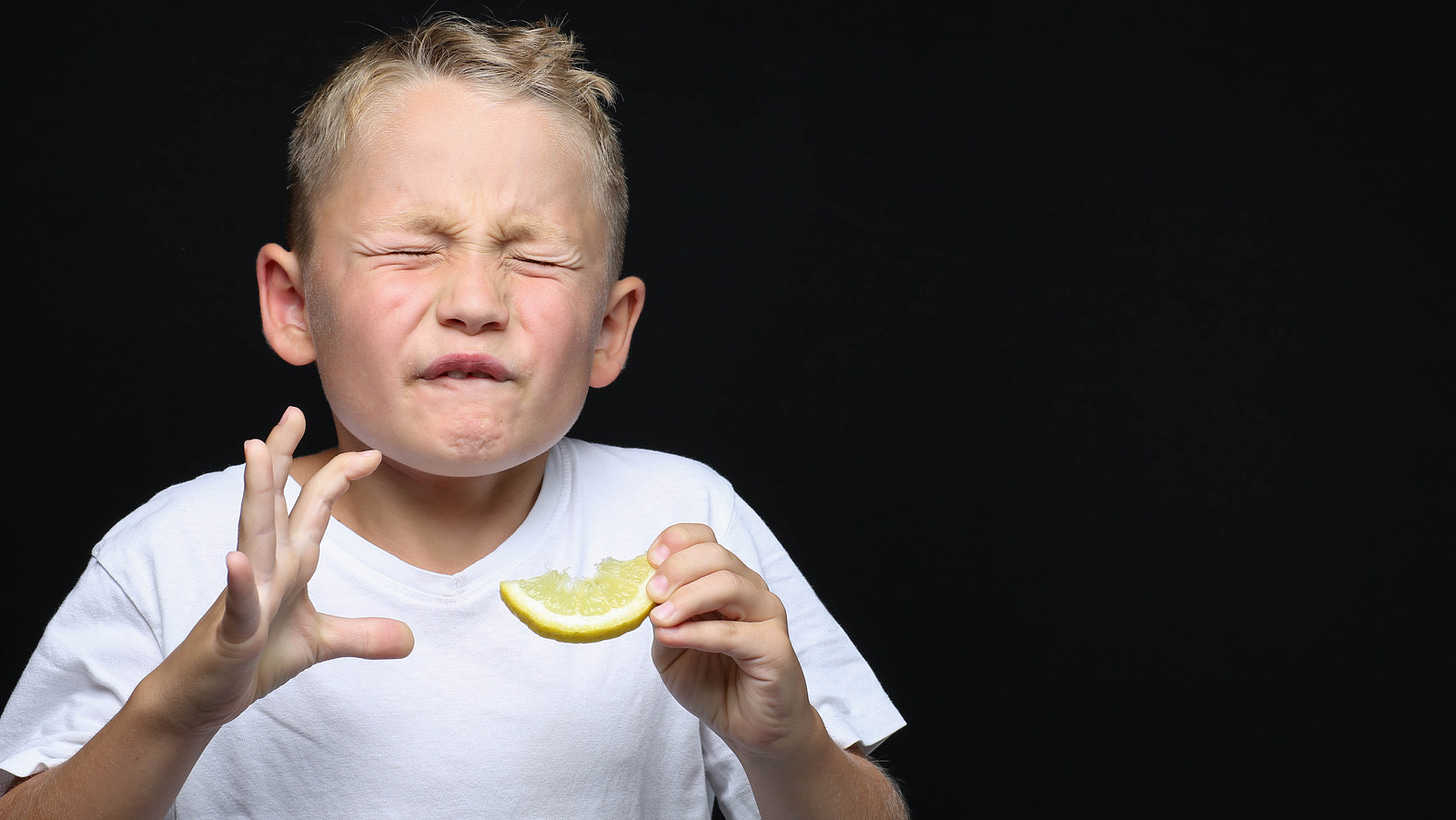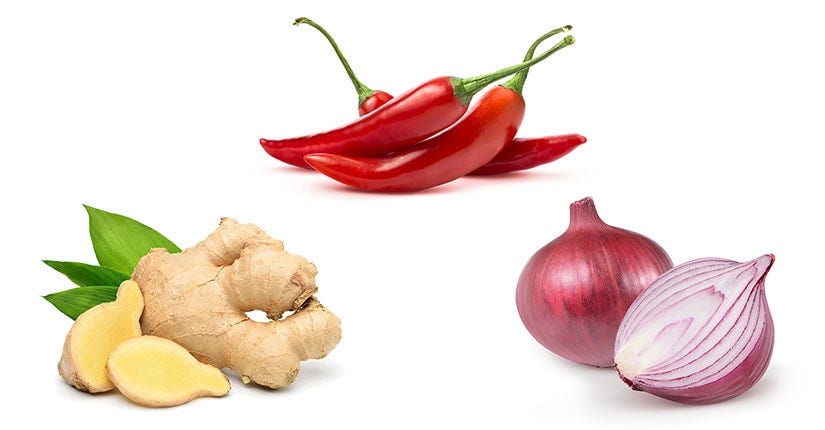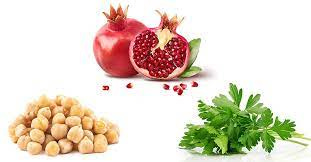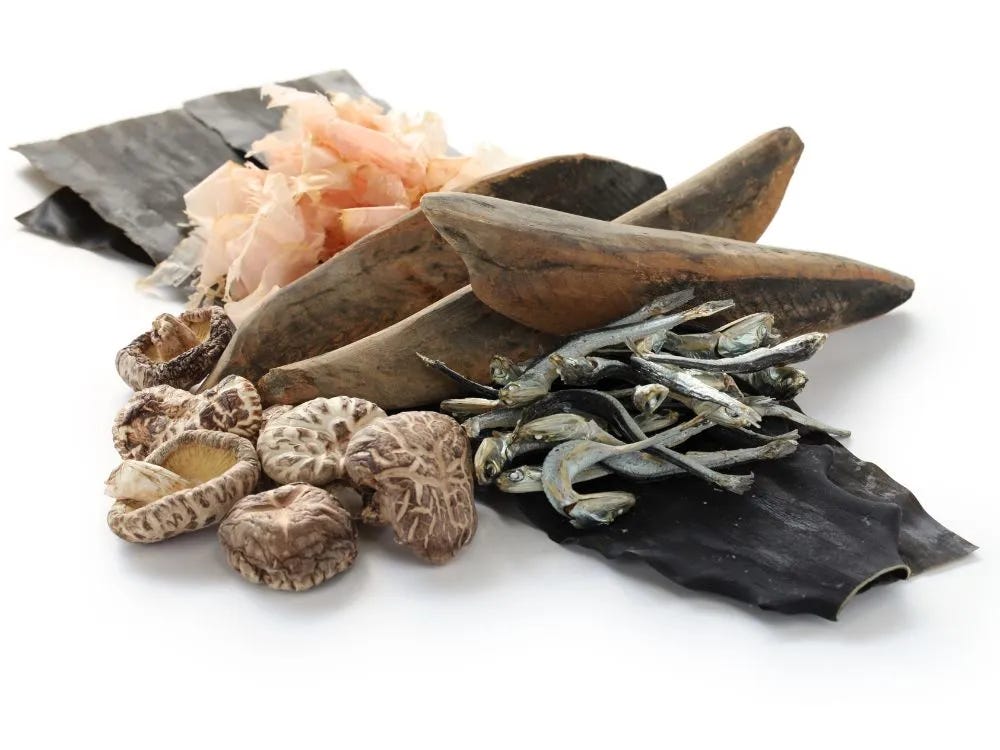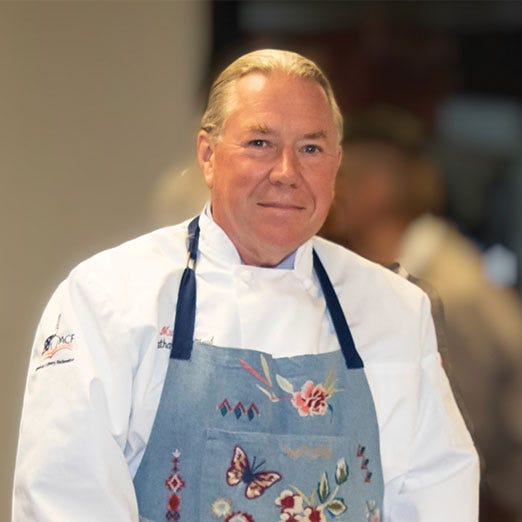 Gifts from the Sea on the Sonoma Coast
Gifts from the Sea on the Sonoma Coast
The Intentional Table
A Green Sea Anenome looking for a snack! In the culinary arts and herbal medicine worlds, sea vegetables have carved out a niche as versatile, nutrient-dense ingredients. Among the most celebrated are kombu and bladderwrack, two brown seaweed types stapled in traditional diets and remedies for centuries. 0715 @ Bodega Bay. = Heaven #IAMSOSPOILED because I live only 45 minutes from several beaches with an incredible abundance of seaweeds. I went yesterday and hand harvested about 20 pounds! The ones I love the most are Kombu, Bladderwrack, Nori, Sister Sarah, and Feather Boa. Yesterday,...
info_outline Arugula... it's a vegetable... right?
Arugula... it's a vegetable... right?
The Intentional Table
Arulgula…. it’s a vegetable! Click the Image above to hear it! Arugula Examining the Health Benefits and Nutrition of this Powerhouse Leafy Green Arugula was a valued green in ancient Rome, where it was celebrated in poetry and prose for its effects on mind and body. Unfortunately, it’s far less popular today than its cousins spinach and kale, even though arugula may be the healthiest green of all. In this article, we’ll look at the evidence for arugula’s health benefits and see if those ancient Romans were right to celebrate it. I know I shouldn’t do this because of...
info_outline Auto Immune Release Series Part 2
Auto Immune Release Series Part 2
The Intentional Table
Apple Blossoms @ Musea. Showy! Well, here it is, our second week of thoughts and inspirations about Auto-Immune conditions, how we all have a little of it going all the time, and what we can do about it. Spoiler alert: I am going to write about a plant-based diet this time. My hamburger loving self cringes. But remember that I said last time everything in moderation? Here is a good time to take a breath and remember that you do not have to go cold turkey on the turkey! Increase your intake of rainbow-colored fruits and vegetables. Consume more colorful fruits and vegetables to get as much...
info_outline Auto Immune Release Series Part 1
Auto Immune Release Series Part 1
The Intentional Table
Apricots Anyone? @ Musea What is an autoimmune disease? Why are we speaking about this, at length at the Intentional Table? Great questions! Let’s do this in reverse order. The why of this is life. We all know we are alive, as the machines that go ‘ping’ tell us when we are strapped in. But we also understand that there is way more to it than that. We are sometimes led to think that we are simply biological machines and that, like getting the oil in your car changed, you can go to the doctor if you live your life poorly, and they will ‘fix’ you. Then, out the door and on your...
info_outline Intentional Wellness from Musette
Intentional Wellness from Musette
The Intentional Table
Greetings all, How wonderful it is to speak to you through this simple platform. I wish we could all sit around the Intentional Table itself (mine or yours) and drink in the feeling of togetherness, which is the ‘why’ in the ‘what’ around here. I would like you to have a gift. It’s a preview of a book I am writing about Nutritional Wellness. It’s not a b…
info_outline I Taste, Therefore I Am...
I Taste, Therefore I Am...
The Intentional Table
At the Intentional Table, we taste. Do we ever! Every person who learns to eat, cook, or serve should also learn how to taste. Sounds easy, right? Not so fast, my dearest. Taste is an objective and a subjective thing! It’s objective because every person that is a person (despite a few unfortunate outliers) has taste buds built into the design. However, just because you have the hardware doesn't mean you have the software. If you do have the software, then you have an appreciation of fundamentals when it comes to how your organ of perception, which is your mouth, your tongue, your nose,...
info_outline Biodynamics Basics
Biodynamics Basics
The Intentional Table
Hello, my intrepid Intentional Table guests! Today, with our afternoon wine, will be the topic that is near and dear to our hearts here. Biodynamics. What is it, you may ask? Why is it important to this table, Musea, and our lives? All good questions. Read on, and if you want the DEEP DIVE EXTRA CREDIT, it’s at the bottom.⬇︎ There are two polar views of scientific reality when it comes to the consideration of the active practice of biodynamics. One is the left-brain approach, represented by the Newtonian Analytical view that has dominated science for the last two centuries. Newton...
info_outline February 4 is World Cancer Awareness Day
February 4 is World Cancer Awareness Day
The Intentional Table
Take a look at this team. They are really on it. Click the image for link. You may ask yourself, now, why would he say that? It certainly could apply to any human, anywhere. There are 340 activities around the world for Cancer Day. So, it must be happening, you know, out there somewhere. Hubris leads to nemesis. Cancer, hunger, war, disease, and crime all happen. It must happen because it’s all over the news. It’s hard to connect with anything like this while you read it on the device in your hand while it charges at Starbucks as you sip your mocha. Our children have never seen it. Our...
info_outline The Agony and The Ecstasy of the Table
The Agony and The Ecstasy of the Table
The Intentional Table
I thought I would take a few minutes to see if you would like to travel with me back in time to revisit exactly what the intentional table is and how it's considered here in our little conversation and in real life. If you asked me to cook for you, I would be delighted. That's all there is to it. I wouldn't question what our budget was, what the logistics were, or really what it was that you wanted to eat when you're with whom. All those things are in a particular way beside the point. What this means is that you're asking me to create with intention, something for you that actually serves...
info_outline Only the wounded eye can see
Only the wounded eye can see
The Intentional Table
I came up with this phrase while meditating yesterday. It was inspired by something my dear friend Andrew Johnstone told me recently. At the Intentional Table, we find ourselves circling back to an important theme with a recurring and increasing frequency: Gratitude. It's an incredibly overused, misused, and, I think, sometimes misleading term. Oxford says, “the quality of being thankful; readiness to show appreciation for and to return kindness.” In the latter part of that sentence is the key, which is ‘returning.’ There is an idea that we commonly refer to in Intentional...
info_outlineAt the Intentional Table, we taste. Do we ever! Every person who learns to eat, cook, or serve should also learn how to taste. Sounds easy, right? Not so fast, my dearest. Taste is an objective and a subjective thing! It’s objective because every person that is a person (despite a few unfortunate outliers) has taste buds built into the design.
However, just because you have the hardware doesn't mean you have the software. If you do have the software, then you have an appreciation of fundamentals when it comes to how your organ of perception, which is your mouth, your tongue, your nose, and your olfactory glands, all work in synchronicity to bring you what arguably could be the worst possible thing you've ever experienced or the finest.
Like all good software, it has to be trained. It’s easy to say that you like the taste of, say, wine. But wine, although chemically similar to every other wine, can be remarkably different, although it has the same basic ingredients. In this case, the winemaker's intention, geography, climate, etc., all collaborate to elevate the wine to an experience that the Intentionalist created just for you. But, a wine may taste like a rose-laced kiss to one and sour grapes to another. Thus, how you train your palate is the key. Notice that I jumped from taste buds to palate. Taste buds are engines of perception. They gladly pass raw information to your brain, which then makes decisions about whether it's agreeable to you or not based on your perception of it. However, that information can be re-examined over time and in the context of different things, such as whether you've had food paired with the wine or whether the wine is served in the appropriate stemware and at the right temperature. Many things make big differences. Every PBJ is not the same, says every mom ever.
In the curation of a sensitive and educated palate, the goal is actually quite simple. It is mostly not to eat with a Bandan and only taste at a superficial level. It is about savoring everything to taste and comparing and contrasting that to other similar and different things. Some great Chefs have better receptors than others. Some of the great chefs have as much as two or three times the density of taste buds in their actual tongues as other people. This gives them the ability to smell and taste in an illuminated and expanded way. In culinary school and every restaurant in the world, the only way to execute a dish properly is to taste it. For the experienced palate, the taste of a dish is an absolute indicator of a successful preparation or not.
Notice that the palate of the mouth is compared to the same word in the palette of the artist. This is no coincidence. In the same way, an artist mixes colors, hues, tints, and shades to create just the perfect blend they desire to see take form on the canvas; the Chef uses the same to create that which will appear on the Intentional Table.
That little engine of perception, which is your taste buds, has the ability to detect six unique flavors. Let's take a look at these six and then see what kind of magic we can create from our pallet of possibilities!
The Six Tastes
Sweet:
•Sweet taste is cooling, moistening, soothing, tonic, building,
rejuvenating, and nourishing. It relieves thirst and burning sensations.
•It is demulcent, emollient, moistening, softening, and soothing.
•Promotes emotions of calmness, and contentment and harmonizes the mind.
• Herbs: (polysaccharides) Licorice, marshmallow, slippery elm & comfrey root
• Excess: dampening, mucus buildup, stagnation.
Who does not like sugar? Sweets are a THING, man! It’s the first thing that you taste because the receptors are out there on that part of your tongue that you stick out at me… 😛
Sour:
•Sour taste is warming, moistening, nourishing, and refreshing.
•It promotes digestion, enzyme secretion, saliva, and liver function. •Invigorating, awakens the mind and gives contentment to the heart
•Taste can be increased by fermentation.
• Herbs: (organic acids) rosehips, Hawthorne berries, citrus peel, and Schisandra.
•Excess: can dampen and cause too much heat (intestinal).
Salty:
• Salty taste is warming and moistening.
•Aids digestion and bowels, increases appetite, and softens tissues.
• Herbs: gotu kola, seaweeds, kelp, Irish moss, Celtic (or other mineralized) sea salt.
•Excess: aggravating, heating, and burning.
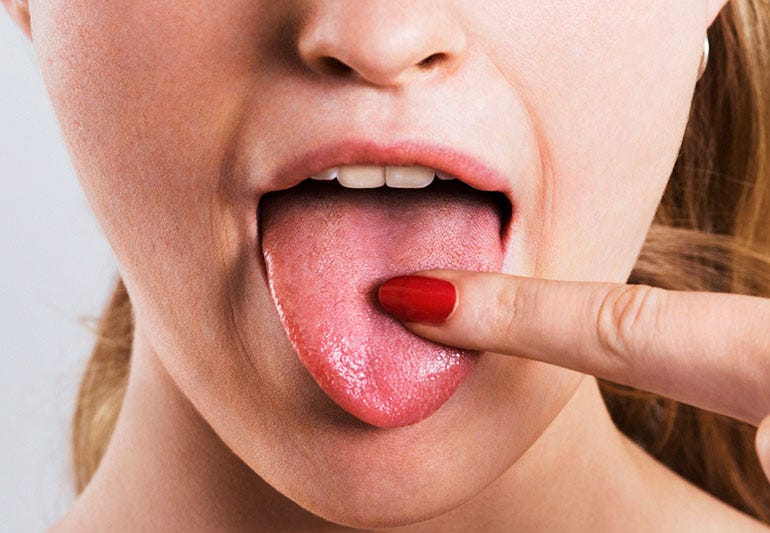
Pungent:
•Pungent taste is heating, drying, and stimulating.
• Increases metabolism, promotes digestion, increases appetite, causes sweating, counteracts cold sensations, and promotes circulation.
• Gives clarity to the senses.
•Herbs: cayenne, ginger, black pepper, angelica, bayberry, cinnamon, rosemary, sage, prickly ash, valerian, peppermint and cardamom.
• Excess: burning causes thirst and inflammation.
Bitter:
•Bitter taste is cooling, drying, and detoxifying.
•Reduces fevers, is anti-inflammatory and antibacterial, reduces bodily tissues, and stimulates digestion.
•Creates lightness in the mind and is sedating.
• Herbs: (alkaloids, glycosides) barberry, goldenseal, yarrow, gentian, dandelion, yellow dock, blessed thistle, artichoke.
• Excess: drying and reducing.
Astringent:
• Astringent taste is drying, cooling •Often times associated with sour
•Stops bleeding, sweating, and diarrhea and anti-inflammatory,
• Herbs: raspberry leaf, plantain, uva ursi, oak bark, and witch hazel.
• Excess: drying, constipating, water retention.
Umami - (Bonus Taste!)
•Umami taste is moistening, cooling to neutral
•Toning, nutritive, building &nourishing, savory
• Combination of meaty, mushroom, salty & glutamic acid
• Herbs: Reishi & shiitake mushrooms, nettle leaf, kombu seaweeds, shellfish
• Excess: drying, aggravating
Umani came into existence as a taste not too long ago, although it has been around for centuries. It's a Japanese word, and it essentially translates to savoriness. So if I mention something to you, like an item that you would really, really enjoy that's very savory, and you get a reaction of your mouth watering, bingo. That's your Umami. It’s technically caused by MSG, yes, the Monosodium Glutamate. As a people, we WAY overdid it within the ’80s. As it turns out, MSG is not the enemy; as a matter of fact, our own bodies create MSG for us. But like other items, we want more and more to the point of ruining the party. Think the same savoriness as Soy Sauce. You got it.
So, there you have it! You are well on the road to owning your very own palate! No longer just a taster with buds hanging out in cheeseburger town only. Get to know this remarkable gift that the body has provided you with. Some flavors, textures, and tastes will NOT be what you dig. That is OK. Be with it and learn. Experiment, play, and try strange-like from Mars combinations. You never know until you DO. Then you will see what we be talking about over heeeya.
Thanks for reading, and BTW, Spring is ON in Sonoma. The Intentional Table is going to be covered in seed starts and flowers here quickly like.



